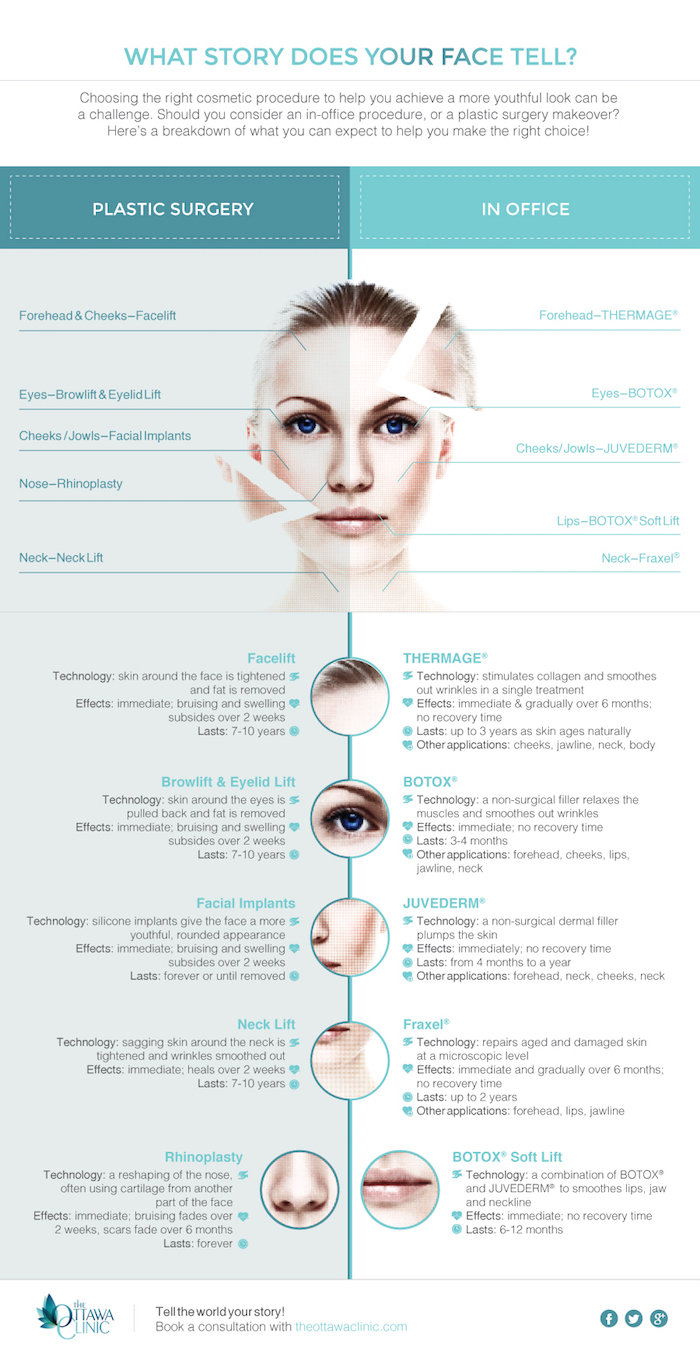How Do Probiotics In Skincare Help Acne
How Do Probiotics In Skincare Help Acne
Blog Article
Acne Treatment - What Are AHAs in Acne Therapy?
AHAs are a vital active ingredient for unclogging pore clogs and brightening acne-prone skin. They function by breaking down dead skin cell build-up to advertise newer, fresher cells, and preventing future blockages.
Developing topical AHAs requires precise attention to various vital variables that dramatically affect their effectiveness and tolerability. Preserving the optimal pH array, in addition to automobile choice and concentration, amplifies their exfoliative features while alleviating prospective unfavorable reactions.
Glycolic acid
Glycolic acid is recognized for its moderate yet efficient exfoliating properties, which advertise skin's natural shedding and loosen up the "adhesive" that holds dead cells on the surface of the skin. This helps unblock pores and lessen the appearance of great lines and creases, as well as boost general skin texture and tone.
Interestingly, topical glycolic acid has actually likewise been shown to boost the manufacturing of collagen, which is crucial in maintaining skin's suppleness and elasticity. It is essential to keep in mind, nonetheless, that since glycolic acid can stimulate the skin's level of sensitivity to sunlight, it is essential to put on sun block when utilizing any items containing this ingredient.
Dermatologists pay mindful interest to the formulation of items consisting of AHAs in order to enhance their efficacy and tolerability. Formulating AHAs with the proper car, along with pH and focus considerations, allows for optimum skin infiltration while lessening potential negative reactions. This is especially crucial for people with sensitive skin, given that AHAs are recognized to be slightly bothersome.
Lactic acid
Lactic acid is discovered in many over the counter skin care items and some stronger specialist peels and treatments. It has the most affordable molecular weight of all the AHAs and has the ability to penetrate deeper into the skin, where it is a lot more effective at unclogging pores and scrubing.
Like glycolic acid, it also promotes collagen synthesis, which aids decrease great lines and wrinkles and boost skin texture. Furthermore, it has moisture-retention residential or commercial properties, that makes it more suitable for drier skin kinds than various other AHAs.
The substantial body of clinical information validating the efficiency of topical AHAs supports their energy in a wide variety of skin-related ailments and aesthetic worries. These consist of elaborate skin restoration procedures, attenuation of great lines and creases, lightening of hyperpigmentation, therapeutic treatment for actinic keratosis, and acne monitoring [2] Optimizing the formula of AHAs by stabilizing pH, concentration, and automobile option further improves their healing potential. These cautious factors to consider enable skin specialists to supply secure and efficient therapies that provide exceptional scientific outcomes.
Mandelic acid
Mandelic acid, derived from almonds, is one more participant of the AHA family members and is a popular component in items that aid deal with acne. Its larger molecular dimension indicates it passes through the skin more slowly and delicately, which can lower the potential for irritation. It's likewise much less most likely to cause redness and other skin sensitivity issues, making it appropriate for sensitive skin types.
Mandelic Acid is thought to help reduce inflammation and increase hydration. It functions by loosening up the bonds in between dead skin cells, permitting them to shed and reveal fresher-looking skin. It likewise helps in reducing the look of bigger pores.
Creating topical products with AHAs requires an accurate balance of essential aspects that dramatically influence their efficacy and tolerability. In particular, bad botox before and after the pH of an AHA formulation has been shown to play a vital function in its capability to advertise peeling and improve skin tone and structure. Accomplishing this ideal concentration is a difficult goal and needs precise interest to the different aspects that affect the formula process.
Citric acid
Citric acid, discovered in citrus fruits such as oranges and lemons, is a moderate AHA. It's less irritating than glycolic or lactic acid, making it more suitable for sensitive skin. It also has astringent properties, aiding to dry excess oil.
Like various other AHAs, citric acid can be utilized in chemical peels and everyday active/maintenance treatments to exfoliate the skin and promote cell turn over. It can help in reducing the look of dark areas and hyperpigmentation, in addition to great facial lines.
It can likewise enhance the synthesis of glycosaminoglycans, which play an essential role in reinforcing the skin obstacle feature. This assists to avert trans-epidermal water loss, and maintain optimal hydration degrees in the skin [35]
AHAs can be incorporated with calming components such as ceramides or hyaluronic acid to improve their tolerability. They can be incorporated right into day-to-day active/maintenance skin care with cream or product solutions. This permits professionals to tailor their AHA treatments based on person requirements and preferences, with the flexibility of choosing from different treatment strengths or focus.